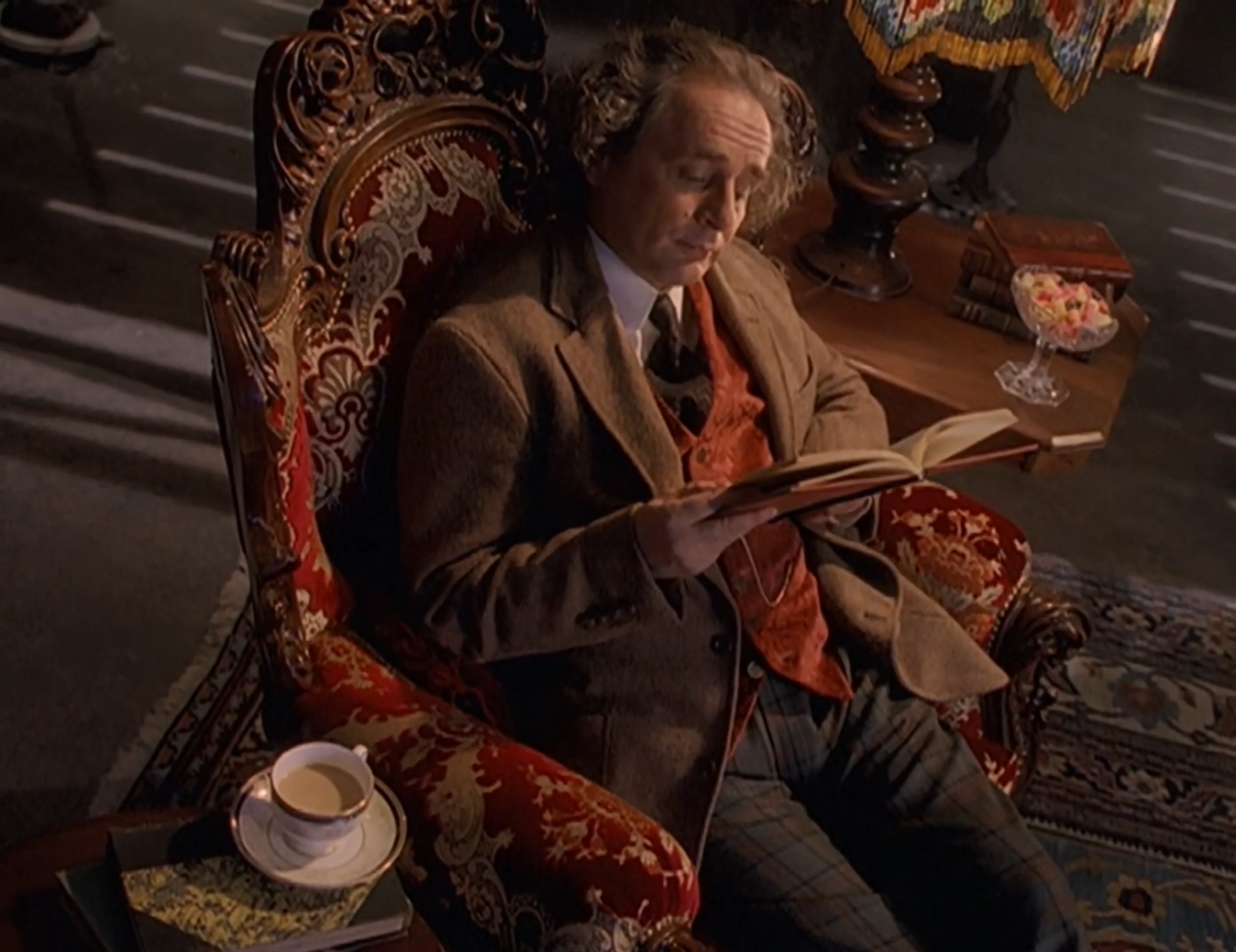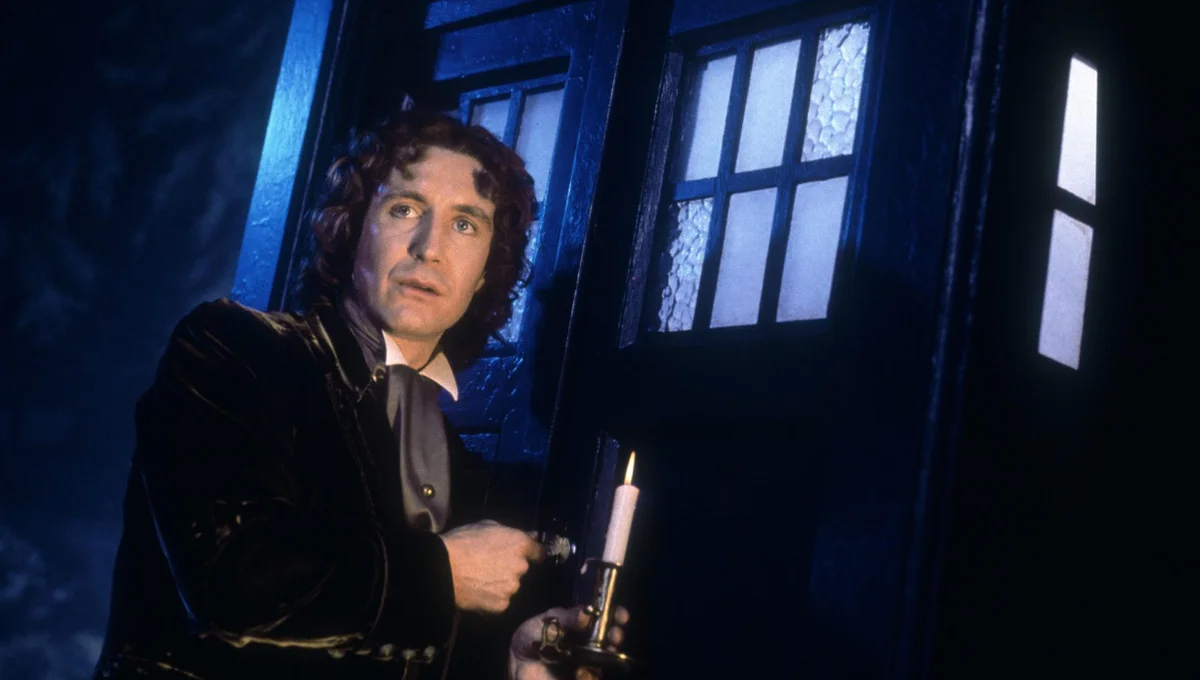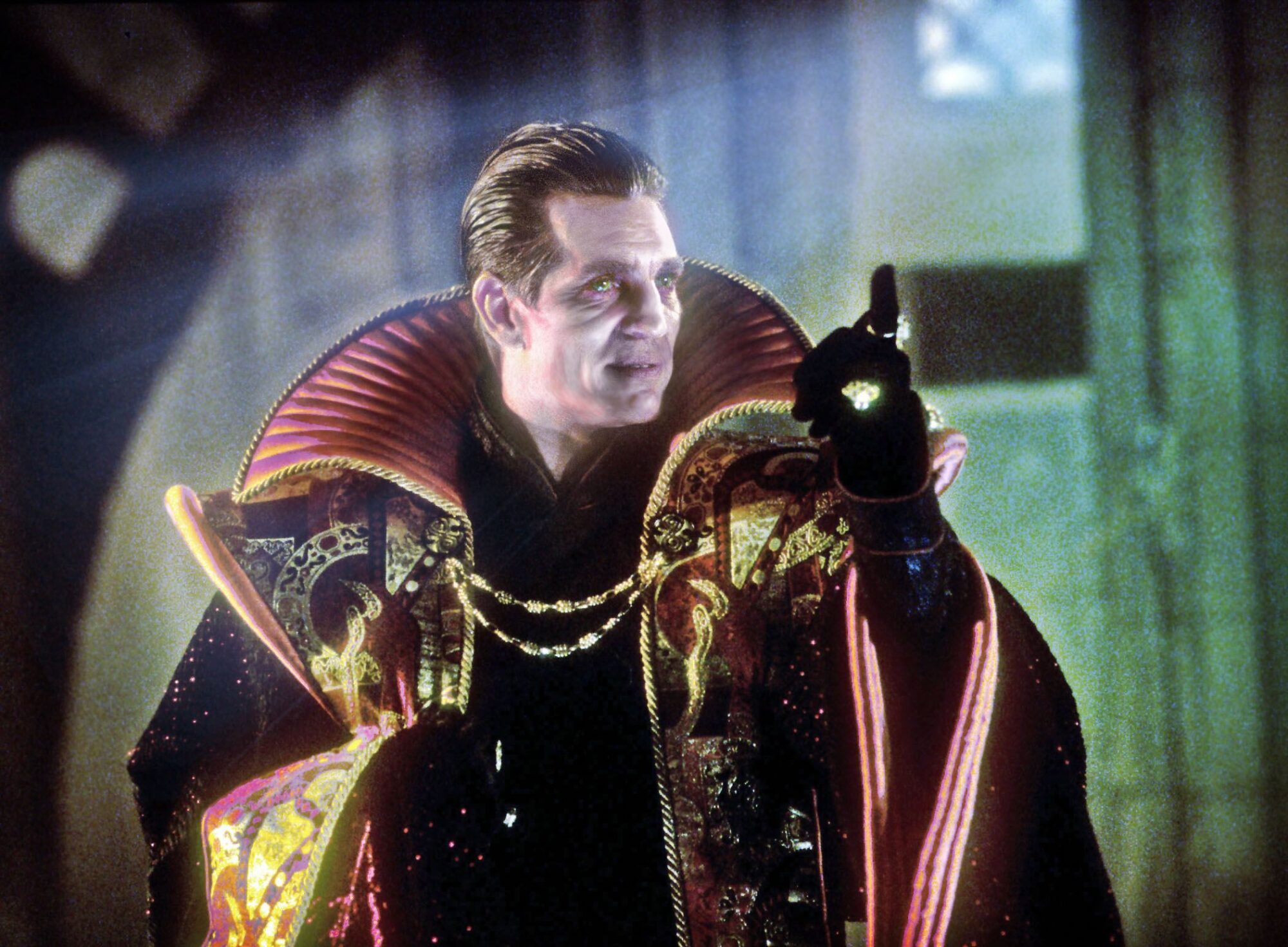The decision to begin the Doctor Who TV movie with a regeneration was a controversial one. But was it really as confusing as people say?

The Doctor Who TV movie was an attempt to relaunch the series in the mid 90s. The rights had been acquired by a man called Philip Segal, and shopped around various American networks before finding a home at Fox. The problem was, the deal with the BBC had been for a new TV series, whereas Fox wanted to make a movie. Segal ultimately got around this technicality by concocting a side deal which enabled the movie to be made as a ‘backdoor pilot.’ Simply put, if it was successful, a new series would be produced off the back of it.
But as we all know, the Doctor Who TV movie didn’t lead to a new series of adventures, and the Eighth Doctor was left adrift in time and space. It would be nine years before the eponymous Time Lord found his way back onto our screens.

And even then, the Eighth Doctor wasn’t given the opportunity to regenerate. Doctor Who returned with a new Time Lord at the helm (billed as the Ninth) with no explanation as to how he got his face. It was thought that it would have been too confusing to relaunch the show with Paul McGann, and change his appearance in the first few minutes.
And yet, this is what the Doctor Who TV movie had done in 1996. Segal opened the film with the Seventh Doctor Sylvester McCoy at the TARDIS controls, and promptly killed him off. Viewers then watched as he regenerated in the morgue of a San Francisco hospital, and spent half the movie trying to remember who he was, or where he came from.
And because the Doctor Who TV movie wasn’t a success in the US, it has often been claimed that it was because of the ‘confusing’ regeneration sequence. Apparently, the notion that an alien creature could be resurrected with a new face was too much for American audiences to handle. In short, this regeneration scene has often been cited as one of the reasons why the Doctor Who TV movie failed to land with new viewers.
Certainly, the BBC was keen to avoid a regeneration, and simply wanted to start the film with McGann at the helm. Segal, on the other hand, felt that it would dishonour McCoy if he wasn’t given the opportunity to hand over the TARDIS keys.
In the end, it was the BBC’s own Jo Wright who said that it would all be fine as long as McCoy’s appearance was very brief and that he “didn’t say anything”!
But was Jo Wright… well, right? It’s hard to tell, as there’s no real way of measuring it. Certainly, the 2005 relaunch (sans regeneration) was a hit in 2005, and the series wouldn’t be running today if it had flopped. But it’s hardly fair to call the Doctor Who TV movie a failure when, in the UK at least, it premiered to an audience of 9.08 million – only 1 million fewer than 2005.
And is it really fair to dub the Doctor Who TV movie’s approach as ‘confusing’? In story terms, the Time Lords’ ability to regenerate is well established from the off; the Doctor says in his opening monologue that “the Time Lord has 13 lives, and the Master had used all of his, but death never meant much to him.” He also states that he is “nearing the end of [his] seventh life.” In short, it is made abundantly clear that death, as far as Time Lords are concerned, is a process of change, rather than end. Even the Master’s remnants don’t stay dormant for long, and within minutes they’ve taken control of the TARDIS and forced it to crash land.
With this in mind, it’s entirely possible to view the Doctor Who TV movie with a clear sense of what’s going on. The Doctor’s regeneration is simply a plot point; this film is telling the story of a man with the ability to cheat death and change his face. Furthermore, this plot strand underpins the whole film; the Doctor’s new friend Grace is obsessed with the idea of cheating death, and the Master is obsessed with stealing the Doctor’s remaining regenerations. If anything, the Doctor’s face-changing abilities strengthen the story, rather than hinder it.

One could also argue that it’s a little naive to suggest that audiences couldn’t possibly wrap their heads around the concept of regeneration, and would turn off in their droves if their protagonist cheated death by changing his face. Surely, the opposite is true: this is a story about a man from another planet with the ability to resurrect himself in a rather unique way. It’s fascinating, and cool.
I say all this because I was one of the people who became a Doctor Who fan off the back of the TV movie. This was my very first trip in the TARDIS, and whilst I didn’t think it was the greatest story ever told, I found it intriguing. I found the TARDIS intriguing. I found the Doctor intriguing. I found the concept of regeneration intriguing. I knew this was a series that came with a rich history, and I was fascinated to learn more. I wasn’t thrown into a maelstrom of confusion when his face changed in the morgue; I was hooked, and a big part of that interest came because of the regeneration scene, not in spite of it.
So do we need to stop giving the Doctor Who TV movie a hard time because of the regeneration? Maybe. I certainly think it’s a bit presumptuous to say that viewers in their millions will be confuddled by a regenerating hero.
But over to you reader. What do you think? Was the Doctor Who TV movie wrong to show the transition between McCoy and McGann? Let us know in the comments below.










The regeneration was too confusing? Hardly. All of the points you make are valid.
My belief is that there are multiple possible reasons which combined made for lower ratings. One is the format. I don’t think the movie format worked when fans were accustomed to the shorter multi-part stories we had been getting up until then. Also, a TV movie is going to take more dedication to sit through than the usual half-hour section of a story. The 2005 revival took it straight back to the original format and was more successful. Two, having the story based in the U.S. was probably a mistake to start with when Doctor Who is overwhelmingly recognized as a British show. Again, the 2005 revival had it’s first story take place in London which seemed to be more preferable. It was also going up against a strong U.S. TV schedule at the time. Rosanne, Home Improvement, Frasier and Wings were all on during the movie’s run time. The only programming it beat in ratings were the shows on UPN.